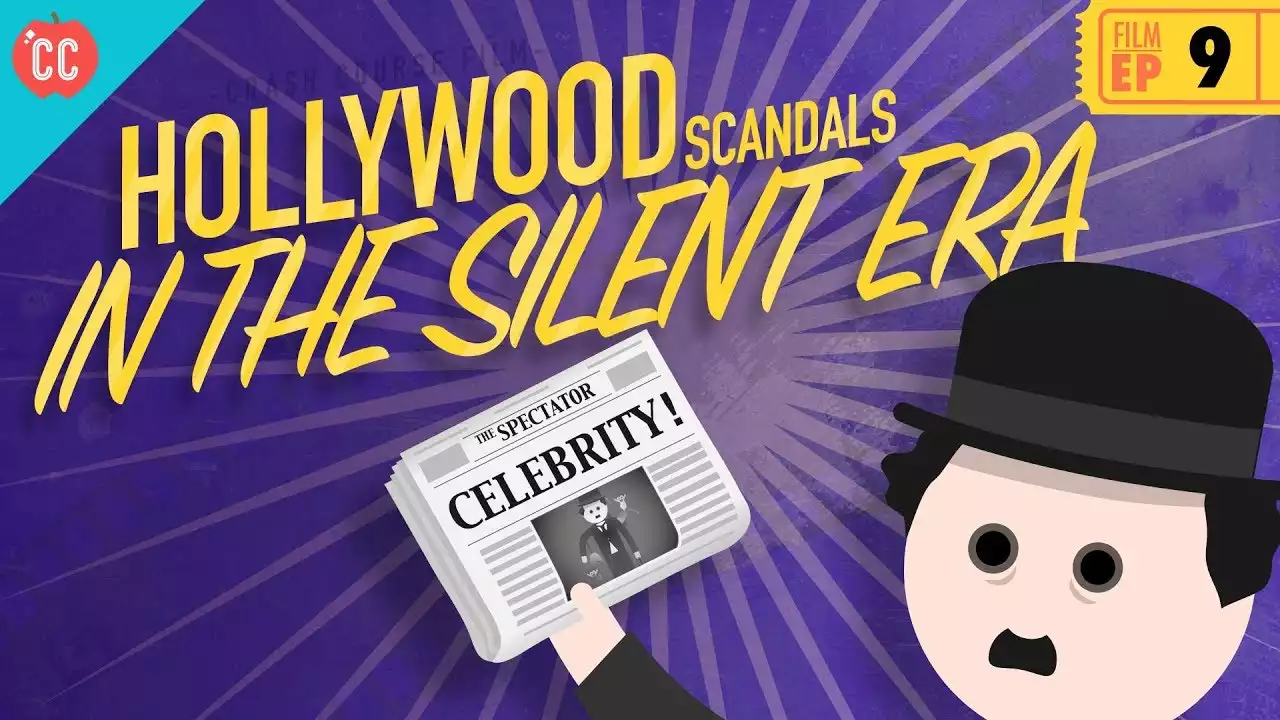The Hays Code was an informal set of standards for monitoring and regulating film production that was widely adopted by the motion picture industry from 1930 onward. The Hays Code was widely known as “The Movie Production Code” because it was published as a booklet titled “The Motion Picture Production Code: A Corrected and Revised Edition of the Standards of the Society of Motion Picture and Television Engineers’ Codes, with Additional Suggestions” in book form. That title gives away its origins as a collaborative effort among various engineers, rather than any sort of moral authority. The group included movie-camera manufacturers, camera operators, and others interested in assuring high technical standards in film production. In an era when films were still silent and mostly short vaudeville acts interspersed with unrelated musical numbers, film producers could not foresee the coming changes to their business that talking pictures would bring.
The History of the Hays Code
The Code started as a means of standardizing the quality of film production when movies were silent. When sound came in, producers tried to enforce the Code through the studios but found it difficult to do because of the number of independent production companies operating under the control of the studios. The studios originally put the Code into effect because the Depression had caused a drop in the number of people going to the movies. It was thought that one way to make people want to go back to the movies would be to make movies that they could not see at home: namely, movies with some degree of censorship. With the coming of the Depression, the studios had also begun to make fewer films, and they were therefore eager to standardize production procedures in whatever way they could. In addition, the studios felt that the new medium of sound might have to be fought for its existence against both legal and public opposition.
How was the Hays Code enforced?
The studios, as a result, set up a Production Code Administration under the overall control of a committee headed by Will H. Hays, who had been U.S. Postmaster-General in the early 1920s (and who had been a Republican National Committee chairman from the mid-1920s to 1929). The Code was administered by a three-man committee appointed by Hays. Hays and the PCA had several ways of keeping the studios in line. It could recommend that a studio’s production contracts be revoked by the Motion Picture Producers and Distributors of America (MPPDA) if it violated the Code. If a studio was not part of the MPPDA, the PCA could threaten to keep it from getting a seal of approval that was required by the MPPDA for a film to be released.
What were the rules of the Hays code?
The Code was a formal set of rules that was difficult to understand and impossible to follow perfectly. The Code had two sections: the “Do” section, which described what could be shown, and the “Don’t” section, which described what could not be shown. The “Do” section had about a dozen items in it, most of which dealt with obeying local censorship laws. The “Don’t” section, on the other hand, had dozens of items that described things that could not be shown. The most notorious of the “Don’t” rules was the prohibition against showing kissing between characters of the opposite sex who were not married to each other. Other “Don’t” rules dealt with indecency and obscenity, drugs and drinking, miscegenation (interbreeding between people of different races), and such subjects as abortion, euthanasia, gambling, and kidnapping. Before the Code was imposed, scenes showing smoking in a favorable light were relatively common in Hollywood films; not only characters in crime movies, but also detectives and other virtuous figures, were often shown smoking cigarettes. From 1934 onward, however, smoking was seldom shown in Hollywood films, except in gangster movies.
Scenarios and Dialogue Requirements
The Code also specified that all scripts had to be submitted to the PCA for approval and could only be filmed following their specific requirements. The Code did not, as is widely believed, ban the use of profanity. It did, however, ban the use of certain words and phrases, as well as the depiction of certain types of behavior. Scripts could only be approved if they met the following requirements: no illicit sex, no sexual perversion, no excessive and lustful kissing, no adultery, no rape, no sexual abnormalities, no miscegenation, no unsuitable sex ending, and no statutory rape. Scripts also had to have a happy ending, and a “clean” ending at that. The Code had very strict rules about the dialogue that could be used.
Dress and Decency Requirements
The Code also had strict rules about what could be shown. The following things could not be shown in Hollywood films: lewdness, indecent or undue exposure, improper dress, impropriety, suggestive lyrics, and any form of vice. The Code also had strict rules about the dress that could be worn in Hollywood films. Women were not allowed to be shown wearing anything above the knee, nor were they allowed to show their arms below the elbow. Men were not allowed to be shown in any form of dress that was considered effeminate, nor were they allowed to show anything below the knee.


 Staying Fit At Home Activities
Staying Fit At Home Activities
 The Alain Ducasse à l’Hôtel de Paris – A Fine Paris Establishment
The Alain Ducasse à l’Hôtel de Paris – A Fine Paris Establishment
 The Most Popular Valentine's Gifts
The Most Popular Valentine's Gifts The Golden Age of Hollywood
The Golden Age of Hollywood The Birth of Hollywood Movies
The Birth of Hollywood Movies A Brief History of Hollywood
A Brief History of Hollywood